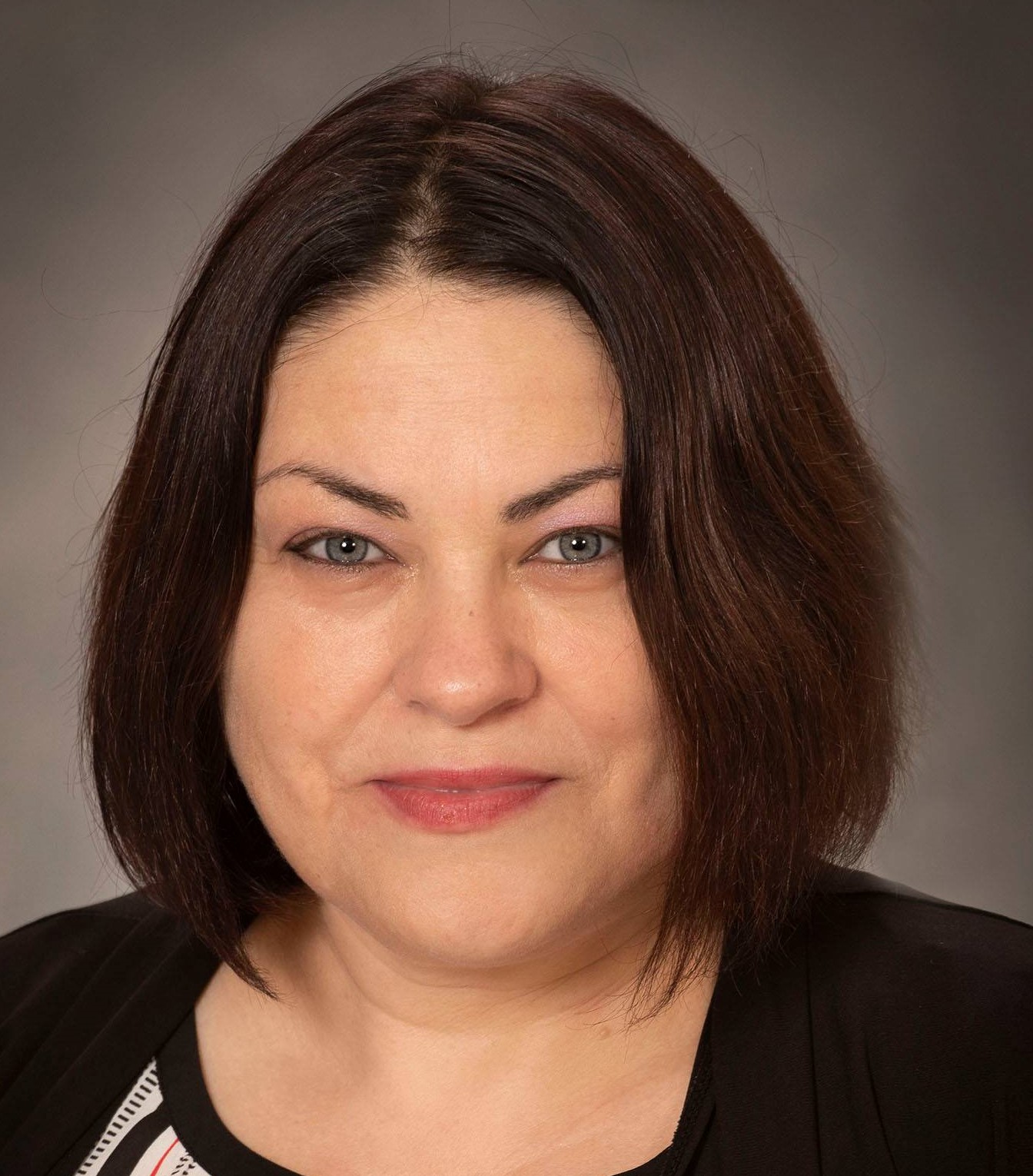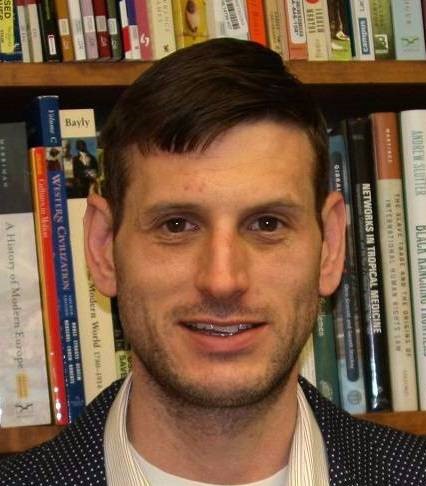OER and Open Pedagogy at ETSU
by Philip Smith 2 years agoHi all,
I wanted to share a short write up about an exciting OER project here at East Tennessee State University. This appeared in the newsletter from our campus Center for Teaching Excellence where I work. This came up in a meeting with Achieve the Dream coach Susan Adams, and she suggested I share it here.
(link to the newsletter in appears in)
“Open” is About More Than Just Resources
By Phil Smith
October 10, 2022
By now, most people involved in higher education have at least heard of OERs, Open Education Resources. Many ETSU instructors and students have used or seen, for example, OpenStax textbooks and felt directly - or indirectly - the benefits of OER in terms of access and cost. This makes a concrete, positive difference for in the lives of many students. But there is more. The “Open” of OER can also be seen as a framework for the whole spectrum of what we do in education, from providing resources to engaging students in learning processes: From Open Resources to Open Practices. Most faculty who use OER report that it also involves rethinking and adjusting course design, always for the better. Using Open resources creates opportunities to integrate more inclusive teaching practices.
Open Educational Practices are inclusive teaching practices, using OERs, to help embrace the diversity of students and connect students with each other and the content in a thriving community of learners. Just as Open Resources open the way for equal access to all, Open Educational Practices open the way to equitable access for all. This is important, because a free textbook does a student no good if they are unsure they even belong in the class. Our students come from diverse backgrounds, levels of experience, and familiarity with higher education. Inclusive teaching practices can do a lot to ensure all students feel invested in the class, in the discipline, and in ETSU. One way to do this is through representation in the content. Do minoritized students see faces and names like theirs in pictures and bibliographies? Another way to do this is to involve students in the creation, curation, or use of course materials.


A great example of this comes from the efforts of two ETSU History Faculty, Dr. Constanze Weise and Dr. John Rankin, who are writing an OER world history textbook. "We are working on a world history textbook that offers a variety of perspectives and viewpoints and is meaningful to our students. Our textbook will privilege a diverse approach to history, providing space for marginalized and underrepresented voices." The project is supported by a TBR grant to create new OERs and also use Open Educational Practices to create more inclusive and diverse learning environments. One way they intend to foster community and engagement with the text is with an activity in which students create timelines of significant events for a given period after learning about it in readings and class discussions. Another way their work will promote diversity is by going beyond the usual canons of world history as seen from a Western perspective and including more histories from lesser-known cultures around the globe.
Thinking of course materials through the lens of Open Practices can ensure students have access to high-quality content and, just as importantly, that they are invested and inspired to make it more their own. Weise and Rankin’s work is also supported by ETSU’s local Open and Affordable Course Materials Awards Program, co-managed by Digital Scholarship Librarian Ashley Sergiadis and CTE Assistant Director Phil Smith.

Nice article! Thank you for sharing.
Bryan Saums
Instructional Design Specialist
Distributed Education
Volunteer State Community College
1480 Nashville Pike | Gallatin, TN 37066
(615) 230-3658 | www.volstate.edu
bryan.saums@volstate.edu
Great! Thanks for sharing this, Philip. I will pass along to our history folks.